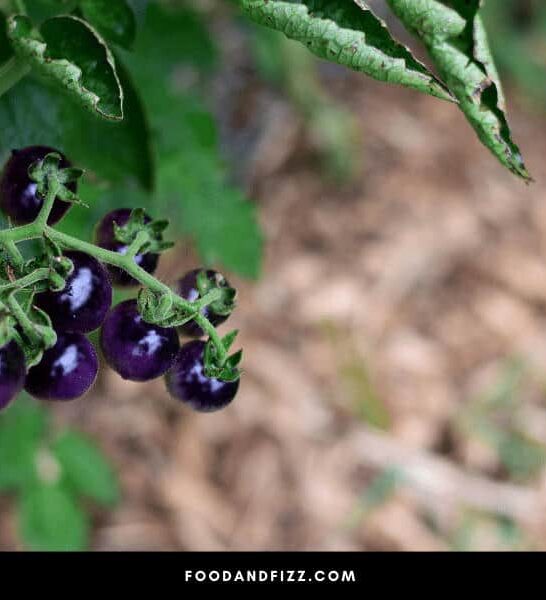Far from getting the blues when you eat, food should offer you comfort and even fun. What better way to explore the height of fun with food by eating or using something blue?
What fruits, vegetables, raw meats, or spices are naturally blue?
From blueberries, elderberries, and blue tomatoes, to Adirondack blue potatoes, varieties of fruit and vegetables with blue skins or flesh are found. In the spice rack, you may find blue turmeric or blue fenugreek. Most of all, though, by far the most unusual blue food is the Lingcod – a fish with blue flesh.
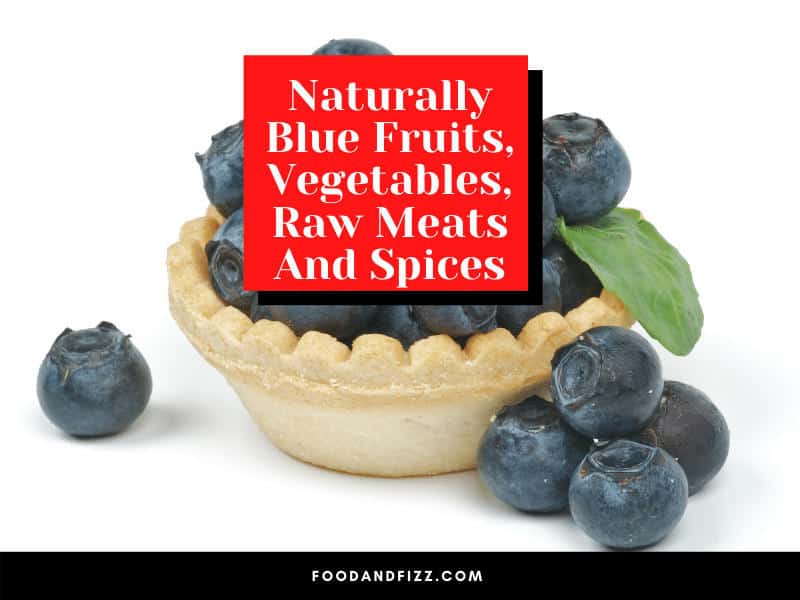
Naturally blue fruits, vegetables, raw meats, and spices
Blue fruits and vegetables get their color from polyphenols, which means they are rich in anthocyanins that give off the blue color.
Blue fruit
When we think about blue food, the fruit most probably comes to mind most readily, especially different types of berries.
Blueberries
Blueberries are characteristically a dark blue and cook to a slightly purply blue. There are four types of blueberries and different varieties of each.
As a berry, blueberries are delicious on their own and in a variety of baked goods. They also have many healthy properties.
Blueberries have high levels of antioxidants and are thought to help prevent heart disease and regulate blood sugar. They are also linked to good eye health and could possibly help to keep the gut healthy.

Laurestine
The fruit of the laurestine bush is a dark blue berry with a single seed. They grow close together on single stalks. The berries are mostly admired for their beauty together, but can also be used to treat constipation.
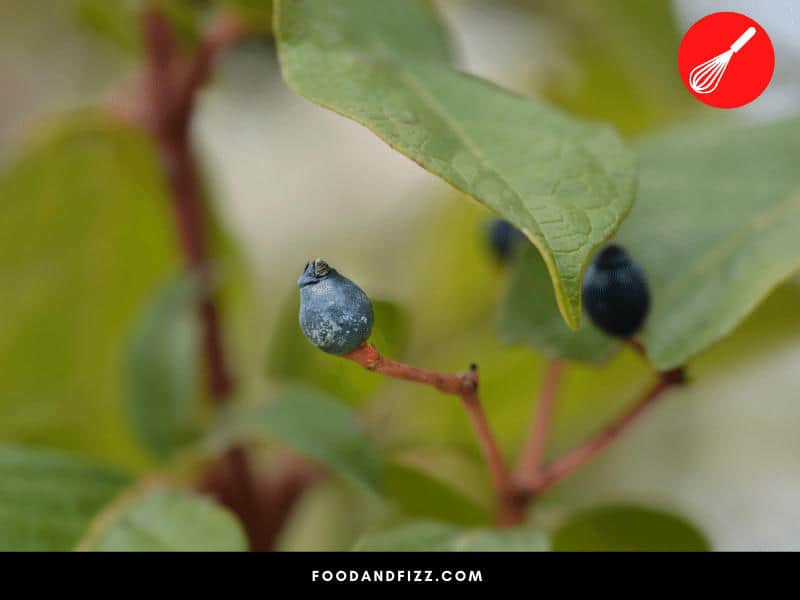
Kastoree mango
The Kastoree mango is a relatively small mango: only about 1.5 to 2.5 inches (4 – 6 cm) long. The skin is purply blue, which is where the nickname ‘Blue mango’ comes from. The insides are the familiar orange of all mangoes.
They have a stronger taste and are more juicy than most other mangoes.
Elderberries
Elderberries are small, very dark purply-blue berries found in clusters. They have quite a tart taste and are not always enjoyable raw. They can be cooked into pies or jam and make a lovely cordial for drinking.
Elderberries contain high levels of antioxidants and vitamins that help to build the immune system.
They are also thought to help to reduce inflammation and to lessen stress. They may be an effective protection against heart disease.
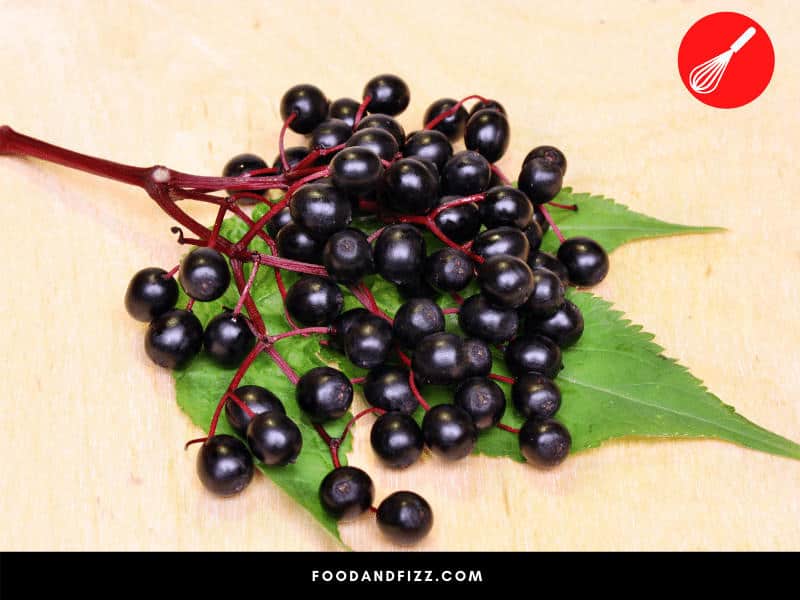
Blue sausage fruit
The blue sausage fruit belongs to the Blue Sausage Shrub. The name refers to the seed pods that hang on the tree during early winter. The blue sausage fruit is not eaten or used for any particular purpose, except for looking attractive.
Blue vegetables
I don’t ever expect to see a blue potato on my plate, or take a bite of blue chili pepper. You never do know what you will find, do you?
Blue tomatoes
Although blue tomatoes grow naturally on the bush, but they have been bred to produce high levels of anthocyanins, which is the pigment responsible for the blue color of other blue fruits, including blueberries.
Despite the color, a tomato is still a tomato, so the blue tomatoes taste like…tomatoes.

Blue Jarrahdale Pumpkin
The Blue Jarrahdale pumpkin is named for the blue-grey appearance of its skin. Inside, the flesh is orange and firm.
Because of its distinctive and unusual color, the pumpkin can be used effectively for decoration. It can also be stored for a long time.
During the Halloween season, the Blue Jarrahdale can be used to create effectively spooky Jack o’ Lanterns. They grow quickly and can reach up to 120 pounds (54 kg) and 24 inches (60 cm) in diameter.
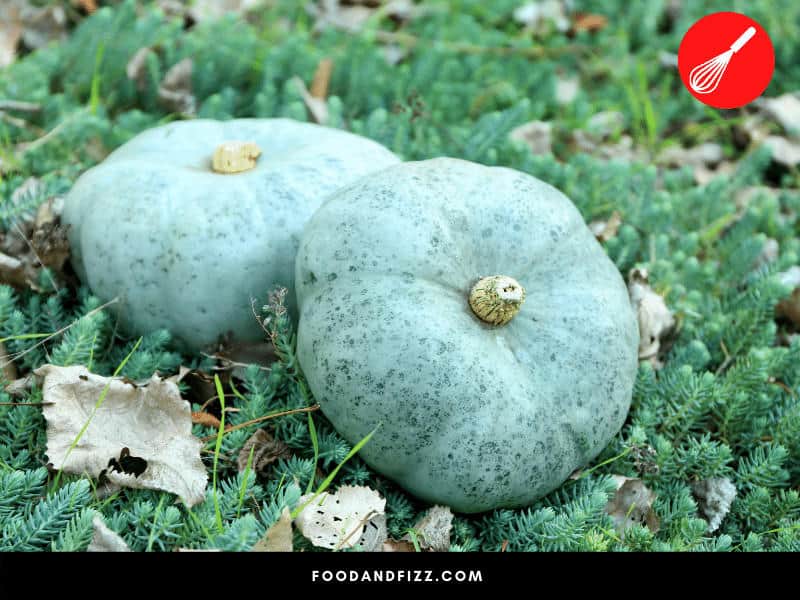
Adirondack blue potato
The Adirondack blue potatoes have a smooth skin that is blue-purple in color. The flesh is much the same color but is brighter than the skin.
Adirondack blue potatoes are high in antioxidants and anthocyanins, both of which have benefits for the body. The potatoes keep their color after cooking and are all-round potatoes, being perfect for boiling, roasting or frying.
Filius blue pepper
The common colors of ornamental pepper plants do not include blue, so that makes the Filius blue pepper unique among its peers. Not only is the pepper a dark blue on the outside, the chilies inside are a deep indigo.
If you are looking for a pepper with heat, then the Filius blue pepper is the real deal. It will also look great on the plate.
Nonna Agnes blue beans
This distinctive blue bean can be any shade of blue, from bright blue to a grey blue. The colors are brightest on the bush, or just after harvest. The beans do grow darker as they age.
Nonna Agnes blue beans are good for eating fresh, similar to a snap pea. They can also be cooked, giving any dish an interesting variety of color. The beans are best when dried.
Blue raw meat
I think that blue meat can produce images of meat beyond its sell-by date. However, there is a fish that does produce bright blue flesh.
Lingcod
The only fish with bright blue flesh is the Lingcod. In fact, it must be the only raw meat of this color. Only about 20 percent of lingcod have blue flesh, which is a result of a product of biliverdin, a bile pigment in the fish.
Blue lingcod is as safe to eat as any other variation of this fish. It is the opinion of some anglers that the blue flesh has a richer taste than other fish of the same species.
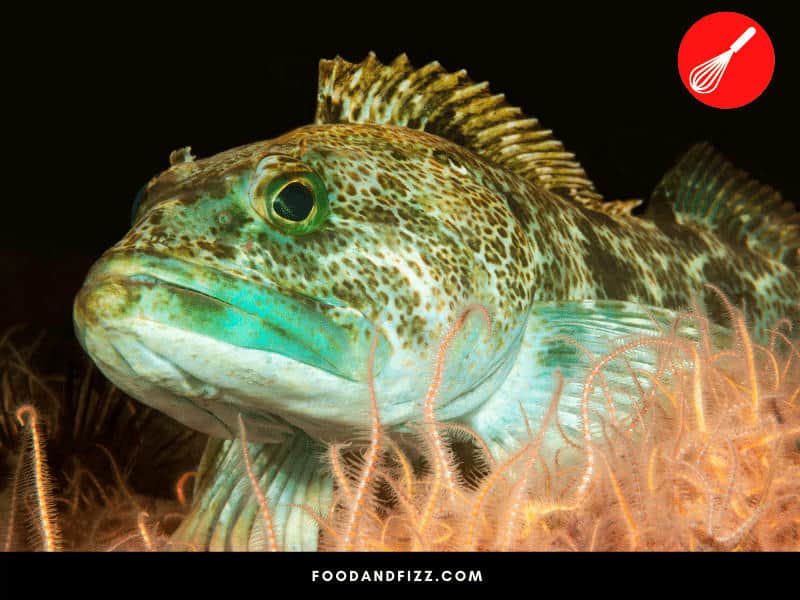
Blue spices
Spices with a blue tinge are not common, but the flavour they add to food is as unusual as their color.
Blue turmeric
Blue turmeric is a species of plant that has blue flesh, rather than the standard yellow/orange color. When ground and added to food, it gives a slightly bitter, earthy flavor to the dish.
The turmeric rhizome can come in just about any shade of blue, from bright blue to a deep indigo.
Blue fenugreek
Although the spice itself is not blue, blue fenugreek is made from the seeds, pods, and leaves of the Blue Fenugreek plant.
The spice mix has quite a bitter taste that leaves a slight tang on the tongue. It is used to flavor alpine cheeses and as part of a Georgian spice mix, making it typical of cooking in that area.
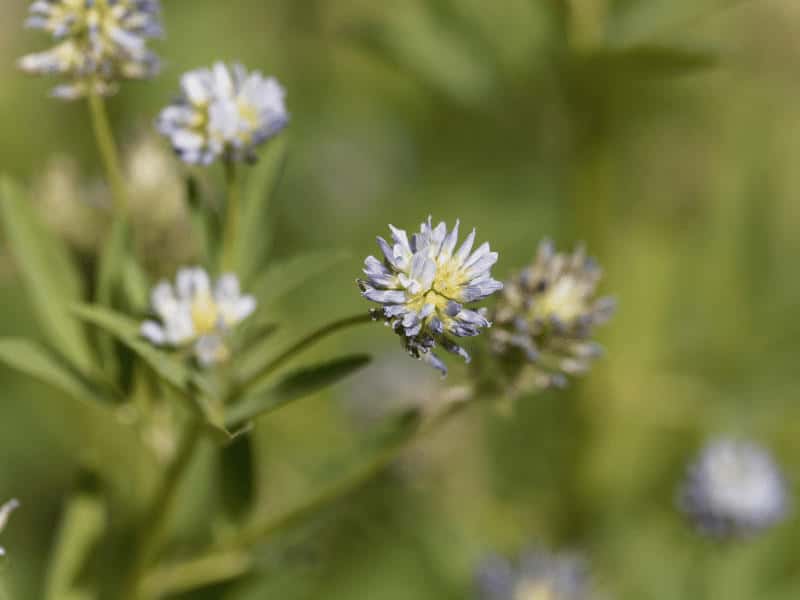
Read my article about Thai Spices next.
Frequently Asked Questions On What Fruits, Vegetables, Raw Meats, or Spices are Naturally Blue
How unusual is it to find a blue lingcod?
Lingcod is a popular eating fish and thousands are fished every year. One in every five fish is likely to have blue flesh, so it is unusual to find a blue lingcod, but they are not extremely rare.
Do blue tomatoes taste different?
The color of the blue tomatoes comes from the high level of anthocyanins in them, which give off a blue tint but are tasteless. This means that blue tomatoes taste like any other tomato.
Conclusion On What Fruits, Vegetables, Raw Meats, or Spices are Naturally Blue
Apart from a few berries, it seems extremely unlikely to find blue food. There are some out there, though. If you look hard enough, you can find blue fruit, vegetables, meat, and spices.

